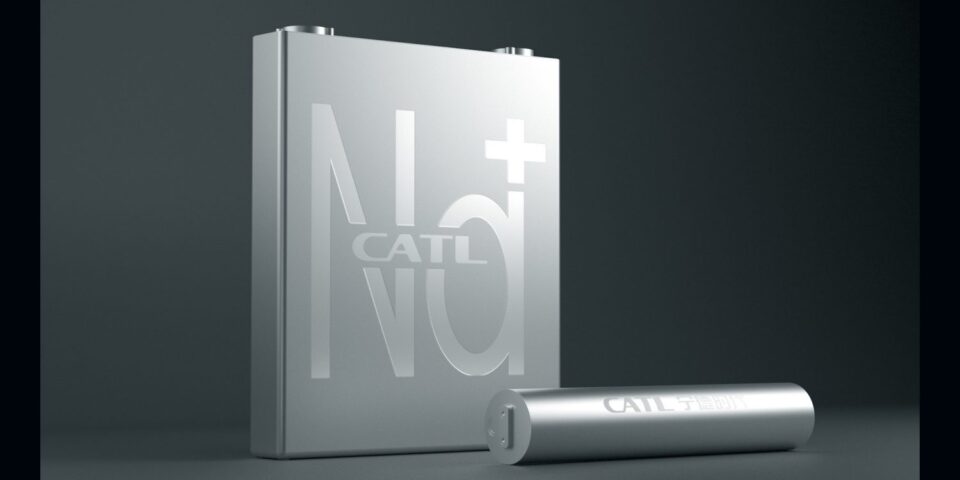Chinese battery maker, Contemporary Amperex Technology Co, better known as CATL, has announced its new sodium-ion battery. It also showcased its AB battery pack that combines sodium-ion and lithium-ion cells in a single pack.
Going into details of the sodium-ion battery, it works the same way as the lithium-ion counterpart, with sodium ions moving from the cathode to the anode. However, a significant difference is that sodium ions are larger in volume and have more stringent structural and kinetic requirements than lithium ions. These requirements have been a hurdle for companies looking to commercialize sodium-ion batteries.
CATL, however, has been able to work around this after years of research and development. To make the cathode, CATL used material with a higher specific capacity. The battery maker also fixed the rapid drop in capacity when the battery materials are recycled by redesigning the structure of the cathode material.
The anode was made from a hard carbon-based material with lots of holes, allowing the sodium ions to move faster and improve cycle performance. CATL worked on the electrolyte, too, coming up with an entirely new solution.

Overall, CATL’s first-generation sodium-ion batteries will have a higher energy density, faster-charging capability, enhanced thermal stability, better performance at low temperature, and higher integration efficiency than lithium-ion batteries.
The new sodium-ion battery can attain 160 Wh/kg and charge to 80 percent under or in about 15 minutes in practical terms. It will also perform better during the winter or in extremely low-temperature working conditions. CATL projects that the next generation of the battery will exceed 200 Wh/kg.
Chinese media report that sodium-ion batteries cost $77 per kWh, which could be brought down to between $31 and $47 per kWh through mass production.
CATL’s AB battery system will combine sodium-ion batteries and lithium-ion batteries in a proportion determined in-house into a single battery system. The resulting battery pack will be controlled by a sophisticated battery management solution.
This AB system is basically a short-term solution to compensate for the current energy-density shortage of the sodium-ion battery, allowing its application in even more usage scenarios. The energy source can switch between the sodium-ion packs and the lithium-ion packs as dictated by operating conditions.
Building a new manufacturing process is unnecessary as the new sodium-ion battery follows the same production process as lithium-ion batteries. CATL is working towards having a whole manufacturing supply chain by 2023. It is open to working with other research institutions to fast-track the development of the battery.